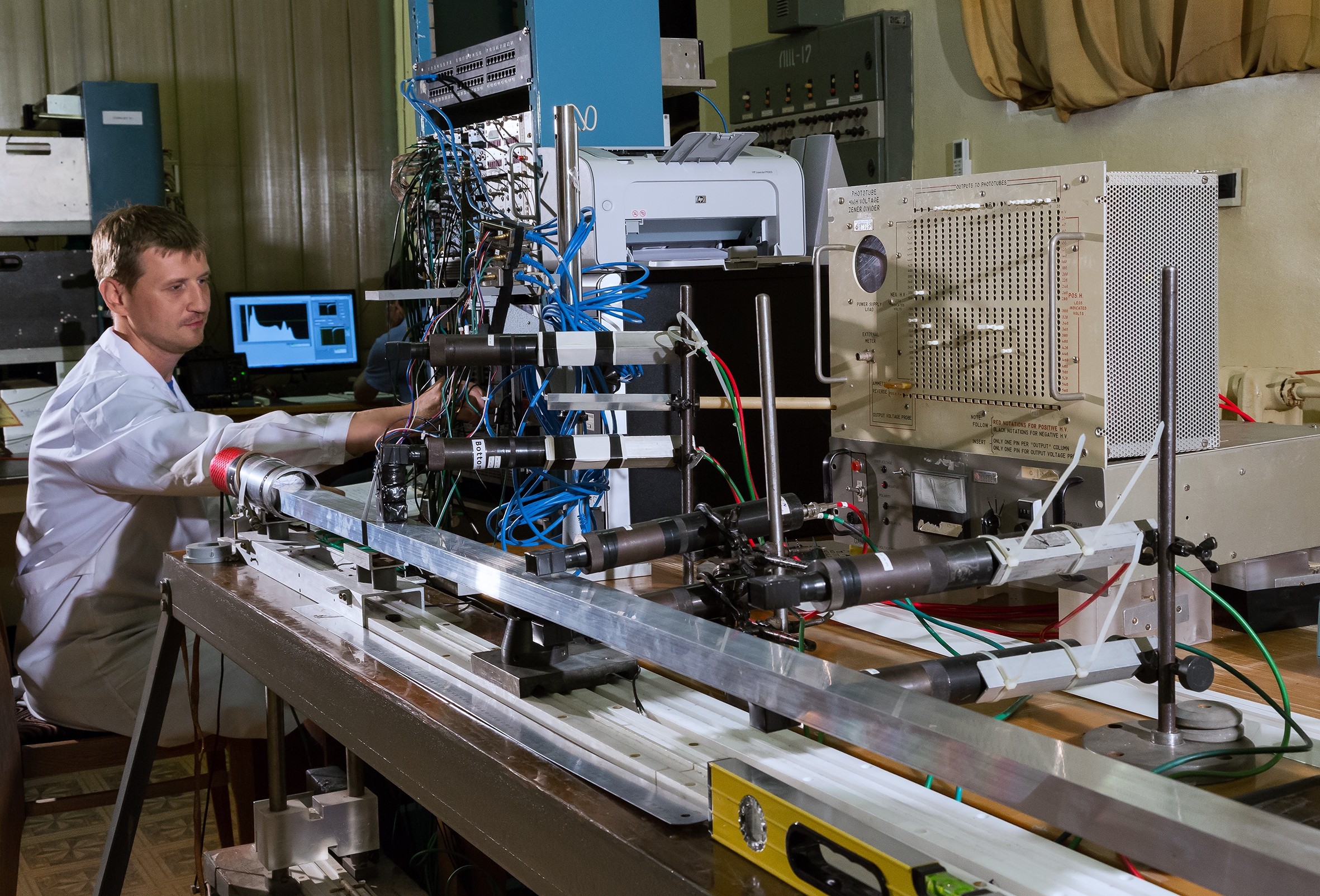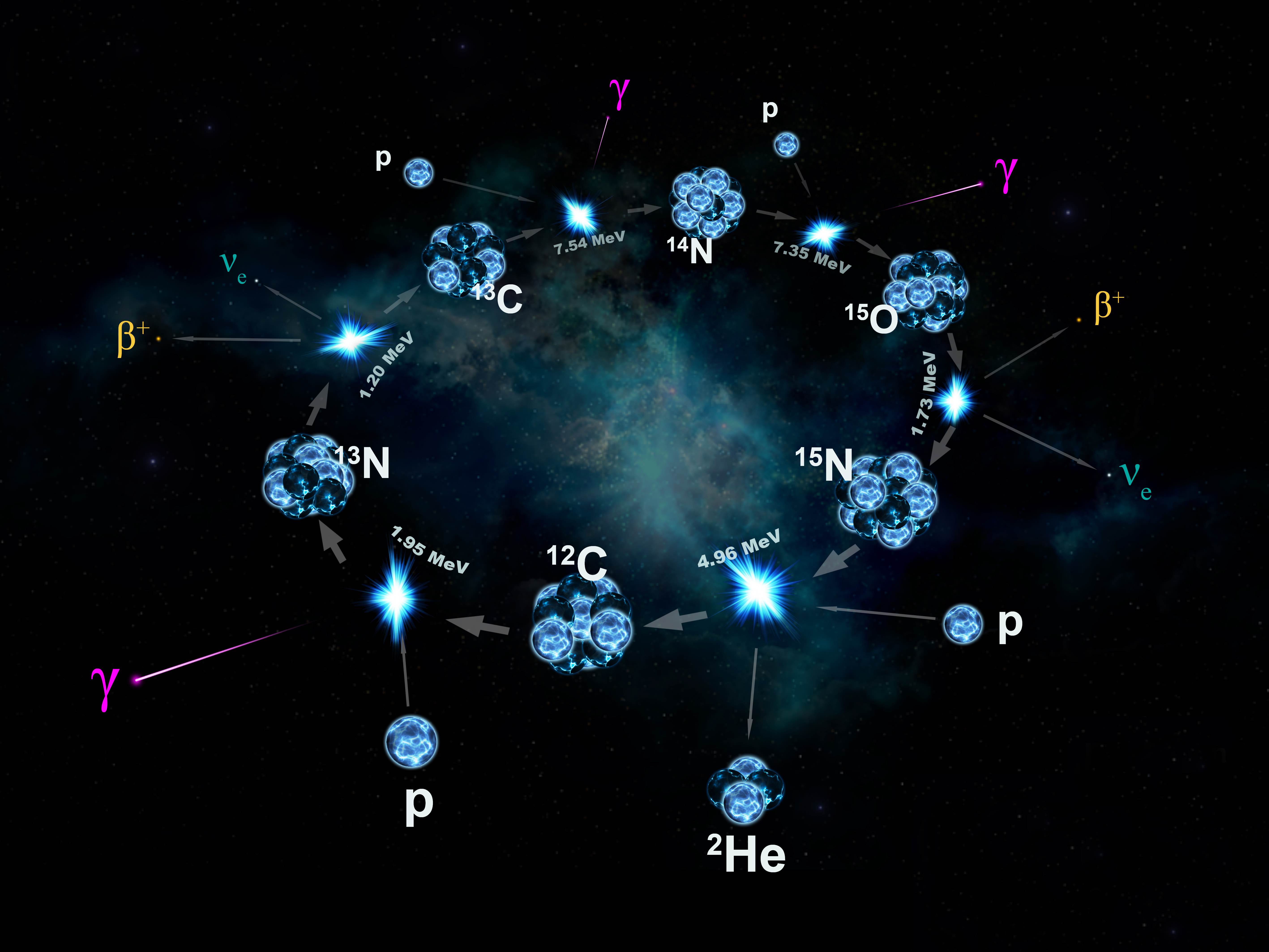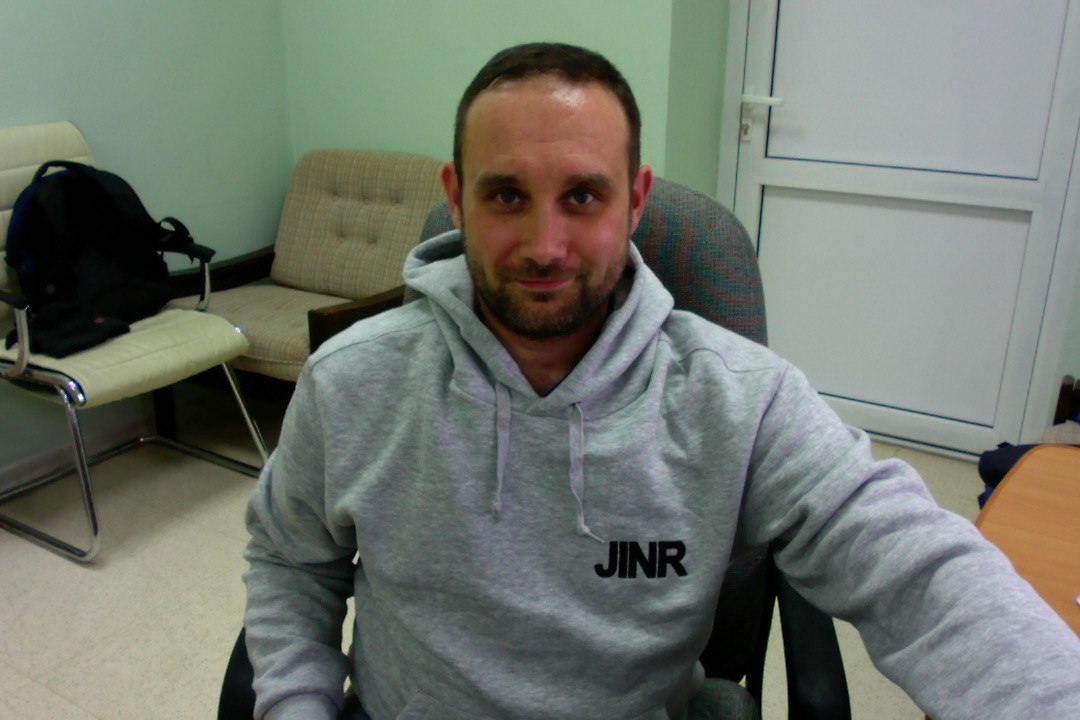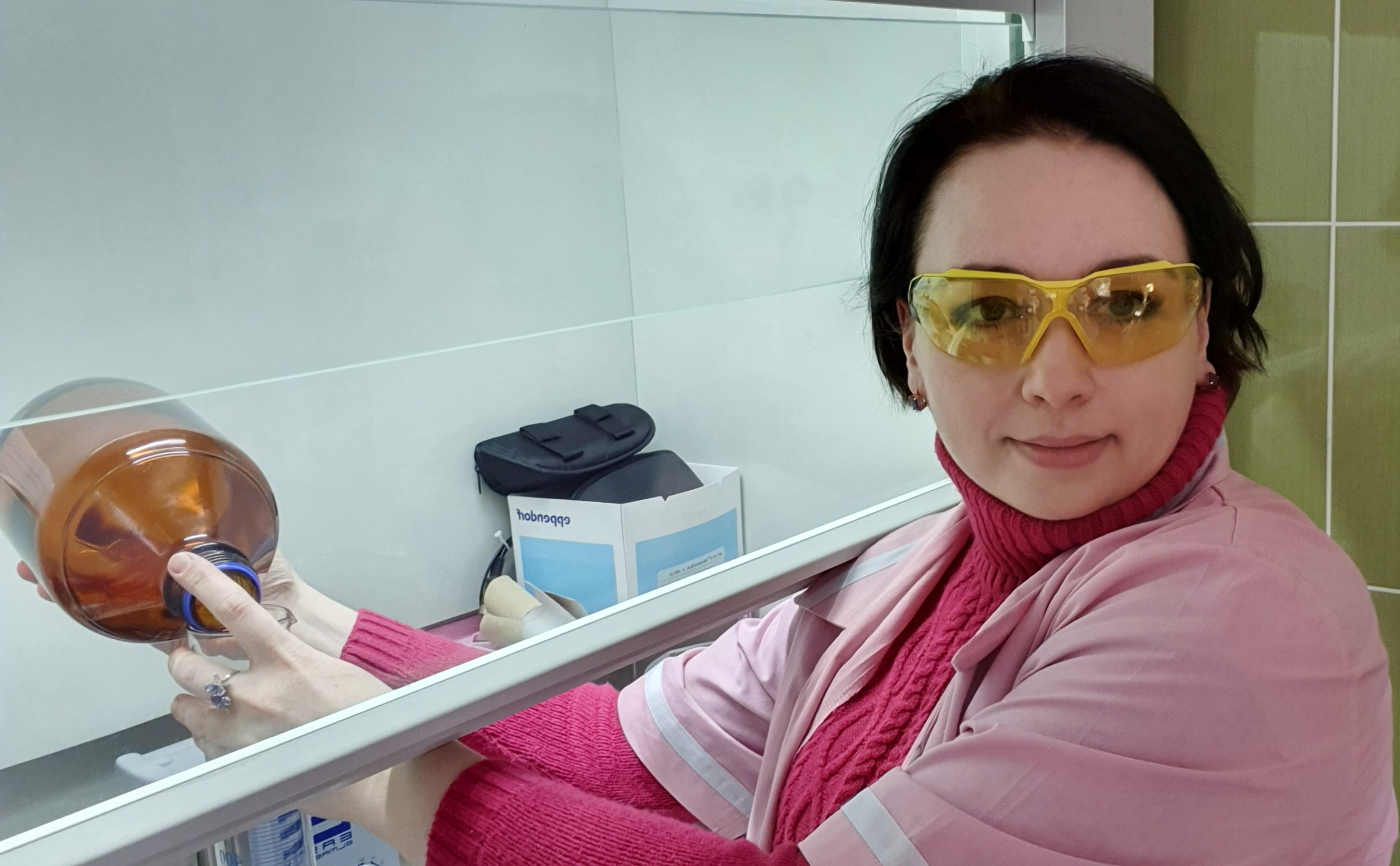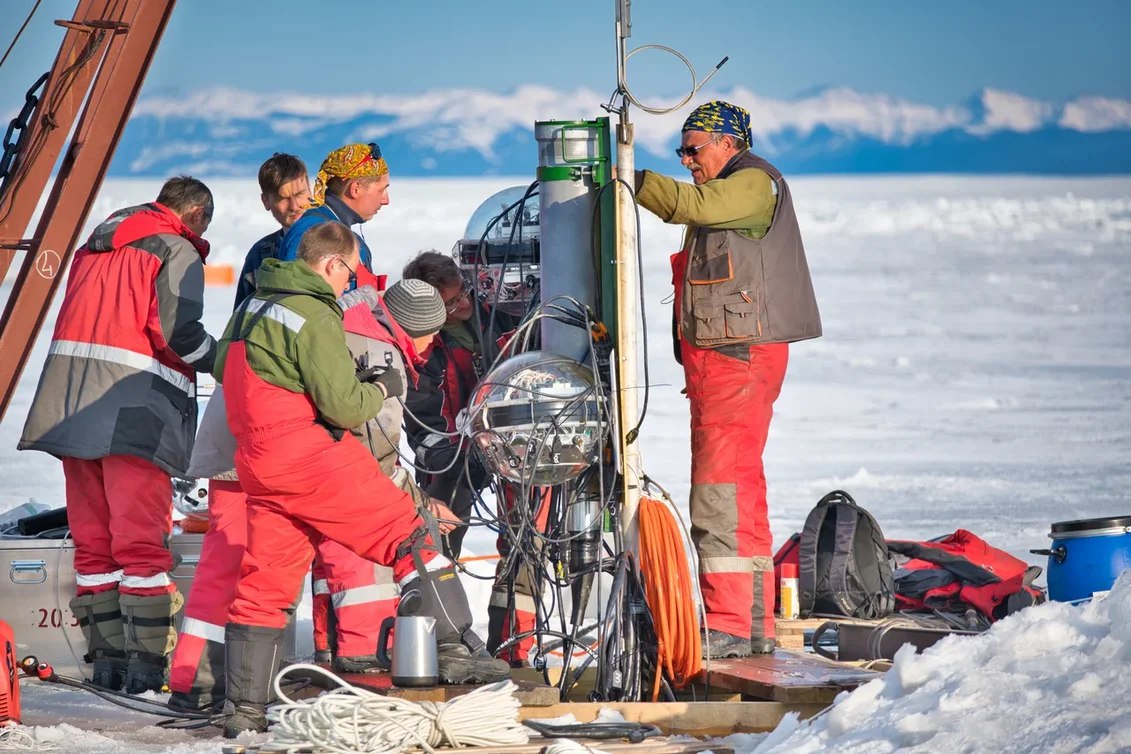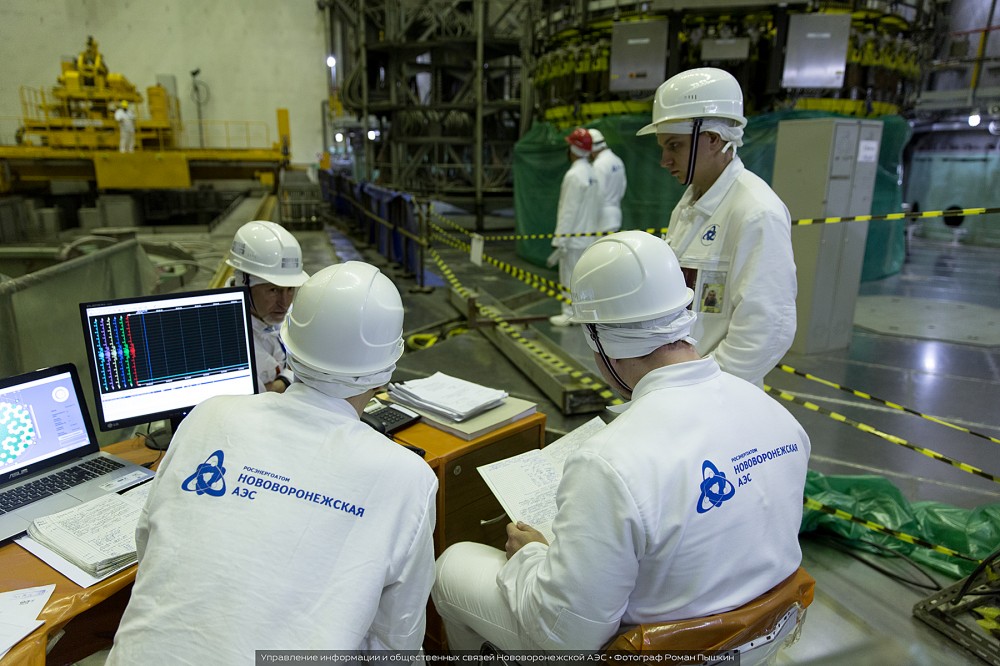News
01.07.2020
Although the Standard Model describing electromagnetic, weak and strong interactions within a unified approach was verified in plenty of experiments, there are many indications that it could be just a component of a general theory, and the interactions, not defined through this model (New Physics), are to be expected at the energies significantly lower than the Planck energy. The search for New Physics is advancing simultaneously in several directions: the search for new particles at the Large Hadron Collider, in astrophysical observations (dark matter and dark energy), in precision measurements and in the search for the processes violating theoretical calculations within the Standard Model. Even a small deviation of the measured value from its theoretical prediction will allow concluding that the theory is incomplete and setting limitations on its extension.
01.07.2020
This week, the Neutrino-2020 conference is underway, the most authoritative event among the scientists involved in neutrino physics. The conference is held every two years, this year online. Traditionally, the main results of the studies conducted by physicists during the previous years are introduced at the conference, which explains the vast target audience. The last conferences were attended by about one thousand participants.
24.06.2020
“The GEEK PICNIC experience was sometimes compared with diving into another Universe. And we wondered what this “other Universe” is like? Let’s find it out within the first GEEK PICNIC Online edition!”
In this way, the organizers of the annual festival of achievements in science and technology invite their guests to the virtual platform of the anniversary event. This year, JINR joined in the festival as a partner for the second time.
19.05.2020
The first days of the quarantine are over. We got acquainted with a new reality, faced unexpected challenges and made amazing discoveries. What about our colleagues? Which points became crucial for their perception of a new normality? And what conclusions did they come to? What helps them stay positive and joyful? How did they manage to balance remote work and a noisy family?
From April 26 to May 10, we carried out the survey “Work from Home, or New Facets of Everyday Life”. Today we would like to tell you about the findings of the survey in which 45 staff members of our laboratory took part. We thank all of them for their sincere answers, which would surely help everyone look at the world around us and ourselves in a slightly different way.
07.05.2020
Our Section of Methodological Research at the Particle Physics Experimental Department embraces a lot of research methodology directions at our Laboratory. We are located in the laboratory complex built in 2014 and known to everyone as the “Green Laboratory” (according to the building exterior colour) or as foreigners would put it “GreenLab”. The team of scientists engaged in our activities is a bit more numerous than just our staff members since we involve experts from different sections within our department and sometimes even from other departments and laboratories.
05.05.2020
There are several structural divisions at the Dzhelepov Laboratory of Nuclear Problems that still continue working during lockdown. They are the Directorate of the Laboratory, Group of Information Networking and Physics Experiment Automation, Department of Electrical Technology, Section of Warmwater Supply and Ventilation, Economic and Administrative Division, Section of Molecular Genetics of the Cell and Group #8 of Phasotron Department responsible for the life support of the unique drosophila collection.
03.05.2020
An animated video of the Baikal Neutrino Telescope assembly. Imaging by Yegor Shevchik and Semen Gursky, the sound by Mikhail Zhukov.
01.05.2020
Here you can find the educational film “Life, Its Purpose and… Science” after the idea of Doctor of Physics and Mathematics Vadim Aleksandrovich Bednyakov. The film script is written on the basis of the article by Vadim Aleksandrovich published in the JINR weekly newspaper “DUBNA: Science, Community, Progress” #34-35 on August 31, 2017.
20.04.2020
From 17 February to 10 April, two new clusters of optical modules were installed, the sixth and the seventh out of twelve. The effective volume of the facility expanded up to 0.35 km3.
The Baikal-GVD Neutrino Telescope is designed for detecting and studying high-energy neutrino fluxes from astrophysical sources. Scientists plan to explore the processes of an enormous energy release that took place in the Universe long ago. One of the riddles in contemporary astrophysics is the mechanism of production of the neutrinos milliard times more energetic than solar neutrinos. And the Baikal Neutrino Telescope, due to its exceptional characteristics, can shed light on this mystery.
12.04.2020
We continue our Time Travel project and invite you along with the “Pervy Kanal” TV channel to leap into 2016 and recognize there some familiar faces.
09.04.2020
Neutrino experiments at nuclear power plants are among the promising directions in particle physics. They do not require a great budget, and can solve topical experimental problems from these in astrophysics to those in applied research. Nuclear reactors have long been used for studying neutrinos, and they still remain the most powerful electron antineutrino sources on the Earth. Nuclear reactors made it possible to experimentally detect neutrinos themselves, prove solar neutrino oscillations, and discover the electron-to-tau neutrino oscillations. Recently, studies of coherent elastic neutrino scattering off nuclei have been of great interest.
07.04.2020
NOvA and DUNE are large-scale neutrino experiments requiring immense computational power to process the obtained data. To expand the computational capabilities of NOvA and to support the DUNE experiment, a computing infrastructure was created at LIT. Now, it is being developed within Topic 1099, “The Study of Neutrino Oscillations”.


